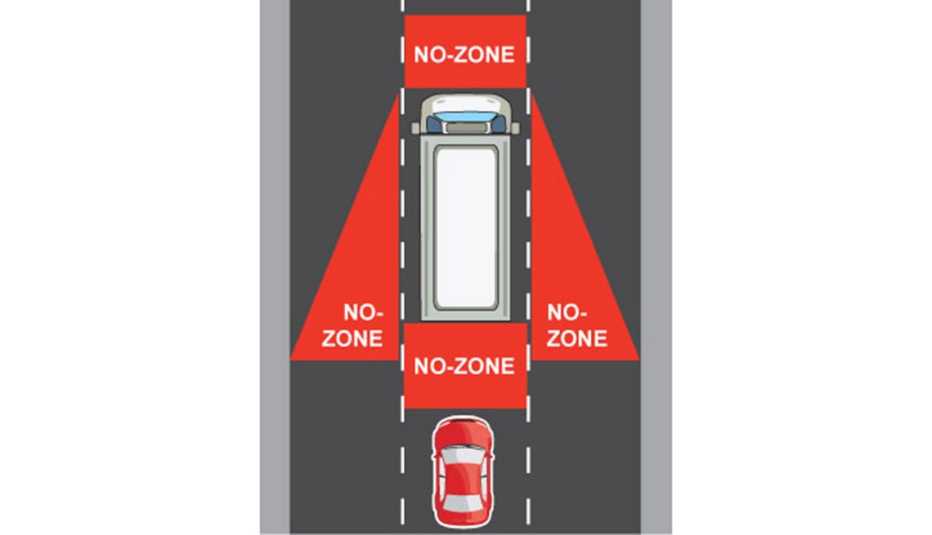AARP Hearing Center


Trucks, buses and RVs can pose special hazards, because they are significantly larger and heavier than other vehicles. While bus and truck drivers are experienced professional operators, other drivers may not recognize the importance of special considerations in sharing roads with these large vehicles.
See also: How to create a space cushion while driving
Drivers of large commercial vehicles like trucks and buses need you to be aware of their unique circumstances:
- Give them plenty of room: Trucks and buses cannot maneuver quickly. A commercial driver is trained to leave plenty of space around the truck or bus. In our smaller vehicles, we often see this space as a convenient avenue to a lane change. Do not cut in front too soon after passing a truck or bus. You should not pull back in until you see both of the truck’s headlights in your rearview mirror.
- Do not follow closely: If you are too close behind the bus, truck or RV, the driver probably cannot see you. You also cannot see the road in front of the driver. Leave yourself extra following distance, so you have more time to react and a better view of the road ahead.
- Watch for the commercial driver’s signals: Trucks and buses make wide turns. A collision may occur when a truck or bus swings left to make a wide right turn, and an unaware driver tries to pass on the right as the bigger vehicle starts to swing right again.
- Beware of no-zones: Places where a truck driver cannot see you are referred to as “no-zones.” No-zones are immediately in front of trucks, in back of trucks and to the side of trucks. If you cannot see the truck or bus driver in their side view mirror, the driver cannot see you.





























































More From AARP
We Need to Talk: Difficult Conversations About Driving
When — and how — to talk about turning over the car keysWhy Take a Driver Safety Course??
One reason to say yes: discounts on your auto insurance.